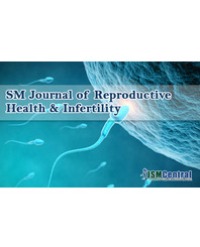
Status of Artificial Insemination; Its Constraints and Estrous Synchronization in Ethiopia
Assisted reproductive technologies particularly artificial insemination (AI) and estrus synchronization are operated to enhance the genetic improvement of cattle. Estrus synchronization is one of the potential tools for the reproductive improvement of livestock. It is the manipulation of the estrus cycle or induction of estrus to bring a large percentage of groups of females into estrus at a short and predetermined time period. Estrus synchronization of fertile cows can be accomplished with various hormones; such as, progesterone, prostaglandin, gonadotropin releasing hormone (GnRH), follicle stimulating hormone (FSH) and luteinizing hormone (LH). These tools remain the most useful and widely applicable reproductive biotechnologies available for dairy cow operations. It is obvious that the AI service in Ethiopia has not been successful to improve reproductive performance of dairy industry. Artificial insemination service in Ethiopia has been given little or no emphasis at the federal and regional levels for long time though it is a widely practiced animal biotechnology all over the world. The most important constraints associated to estrous synchronization in Ethiopia are: inadequate resource in terms of inputs and facilities; absence of incentives and rewards to motivate technicians; lack awareness of this technology by animal producers; shortage of feed resources; cost of semen and synthetic hormones; cost of a bull (a self trained breeding technician), and lack of adequate transportation facilities. In general, incorporating a good management practice and selecting cows that have good body condition are the two most essential requirements for successful estrous synchronization and AI. Hence, the objective of this review is to assess the current status of artificial insemination; its constraints and estrous synchronization in Ethiopia.
Mebrate Getabalew¹ and Tewodros Alemneh²*
